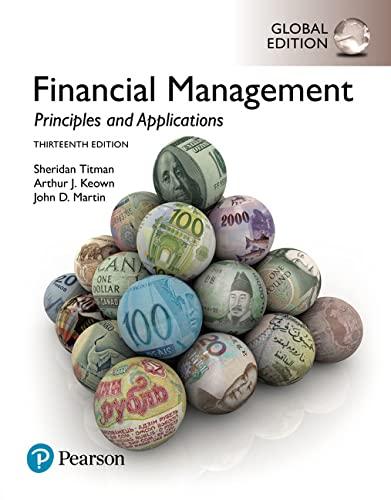(Calculating compound interest with non-annual periods) (Related to Checkpoint 5.3 on page 170) Your grandmother just gave...
Question:
(Calculating compound interest with non-annual periods) (Related to Checkpoint 5.3 on page 170) Your grandmother just gave you $6,000. You’d like to see how much it might grow if you invest it.
a. Calculate the future value of $6,000, given that it will be invested for five years at an annual interest rate of 6 percent.
b. Recalculate part a using a compounding period that is (1) semiannual and
(2) bimonthly.
c. Now let’s look at what might happen if you can invest the money at a 12 percent rate rather than a 6 percent rate; recalculate parts a and b for a 12 percent annual interest rate.
d. Now let’s see what might happen if you invest the money for 12 years rather than 5 years; recalculate part a using a time horizon of 12 years (the annual interest rate is still 6 percent).
e. With respect to the changes in the stated interest rate and the length of time the money is invested in parts c and
d, what conclusions can you draw?
Step by Step Answer:

Financial Management Principles And Applications
ISBN: 9781292222189
13th Global Edition
Authors: Sheridan Titman, Arthur Keown, John Martin





